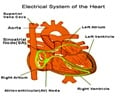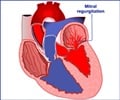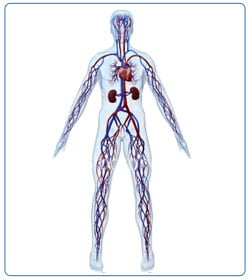Diagnosis
Diagnosis can be established by using investigations like Echocardiogram, cardiac catheterization and sometimes using a CT or a MRI.
Blood shunting through the septal defects can be heard as a murmur. A diagnosis is usually made when a doctor hears this heart murmur through his stethoscope. You will usually be referred to a pediatric cardiologist for further treatment.
A Chest X-ray will be ordered. This test will show if the heart is enlarged and show any evidence of lung congestion.
An electrocardiogram can also show heart enlargement and lung congestion. Presence of any significant arrhythmia as a complication can also be revealed.
An echocardiogram can confirm the diagnosis. Ultrasound waves are used to get pictures of the heart. Blood flow through the chambers can also be visualized during this test. A shunt can be seen and the exact location of the septal defect can be found. The size of the hole can be measured. Any associated malformations can be detected using echocardiography.
Cardiac catheterization can provide information such as the oxygen levels in each heart chamber and the pressure within. This test is an interventional procedure, where a thin tube or catheter is inserted through the groin, neck or arm and pushed to the heart. This test is not indicated in all patients with septal defects.
A pulse oximetry is a simple test done to determine the amount of oxygen in blood. A sensor probe is placed on the fingertip. The machine attached to this sensor displays the oxygen saturation in blood.
Few modern tests like Cardiac MRI and Chest CT scan can now be used to confirm the diagnosis.
Some patients have the septal defect diagnosed during a routine examination. When they are asymptomatic and lead a normal life, they will be asked to come back for regular follow-ups. Surgical treatments may not be indicated.

















